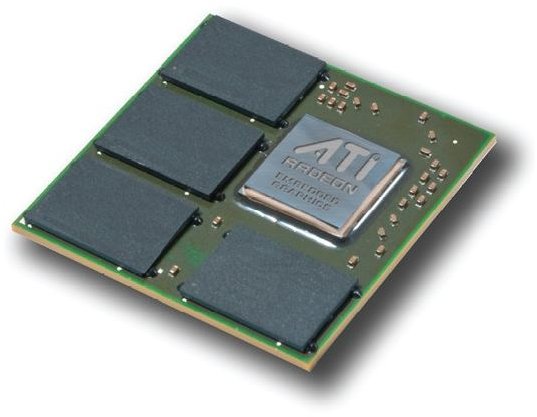Finding the Best Notebook Video Card
Laptops or notebooks are always becoming more powerful thanks to advances in microchip technology. Manufacturers can cram a lot of components into smaller and smaller packages. We are now at the point where you can say that laptops can be as powerful as desktops. More people are now looking at laptops to replace their big, space hogging PCs at home with laptops that you can move anywhere in the house and work wherever you please.
One of the biggest reasons that laptops have become as powerful as they are is because of the graphics processing unit (GPU) which takes a lot off the load from the CPU. The GPU and CPU are now considered to be equally important. Your laptop or PC is only as fast as the slowest component so it will not be good to have a fast CPU and a mediocre GPU or vice versa.
Now, the thing about notebook video cards is that notebook manufacturers never use a standard configuration when it comes to mobile GPUs, so it might be that, say, an ATI HD 4800M video card may have smaller memory on a Sony notebook than on a Dell one. Although the GPU core itself is standard all throughout, the external components like memory bandwidth, the kind memory used and how much there is might be different. This will make performance vary, sometimes by a large margin. You would have to see reviews and benchmarks for a specific laptop in order to really know its performance.
What is the best notebook video card out there?
If you’re looking for the fastest notebook video card solutions possible you’ll want to take a look at the following GPUs:
NVIDIA GeForce GTX 480M SLI:
It has 704 pixel shaders, 425 Mhz core speed, 256-bit memory bus, and uses 40nm process. It scores 75704 in 3DMark03, 28423 in 3DMark05, and 20144 in 3DMark06 that’s an average of 41423 across 3DMark.
NVIDIA GeForce GTX 470M SLI:
It has 576 pixel shaders, 535Mhz core speed, 192-bit memory bus, and uses 40nm process. It scores 69012 in 3DMark03, 25241 in 3DMark05, and 20608 in 3DMark06 that’s an average of 38287 across 3DMark.
ATI Radeon HD 6970M Crossfire:
It has 960 pixel shaders, 680 Mhz core speed, 256-bit memory bus, and uses 40nm process. It scores 20699 in 3DMark06.
The problem with these cards is that there are two of them (SLI or Crossfire). That means more power consumption (less battery life), and a larger laptop. Laptops with these solutions tend to be very expensive, usually priced at $1500 or higher.
What is the best notebook video card for us budget conscious folk?
So you are one of those saps who cannot afford the big toys, eh? Just like me then. Lucky for us, the mainstream notebook video cards can deliver.
ATI Radeon HD 4870:
Has 800 pixel shaders, 550 Mhz core speed, 256-bit memory bus. It scores 16349 on 3DMark05 and 10655 on 3DMark06.
NVIDIA GeForce GTX 460M:
has 192 pixel shaders, 675 Mhz core speed, 192-bit memory bus. It scores 34966 on 3DMark03 and 19612 on 3DMark05.
Notebooks with these video cards are more prolific and more affordable than notebooks with the high-end cards. You might not be able to play all the demanding games at maximum settings but you’ll get close enough at a significantly lower price. Notebooks with these more powerful budget cards are typically less than $1500 and there are more models to choose from.
MY pick for the best notebook video card is….
NVIDIA’s Geforce GTX 460M
This card might have less pixel shaders than the ATI radeon HD 4870 but it can still perform a bit better in tests.
Sources:
Notebook Check, https://www.notebookcheck.net/Mobile-Graphics-Cards-Benchmark-List.844.0.html
Image Credit: Engadget
